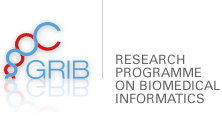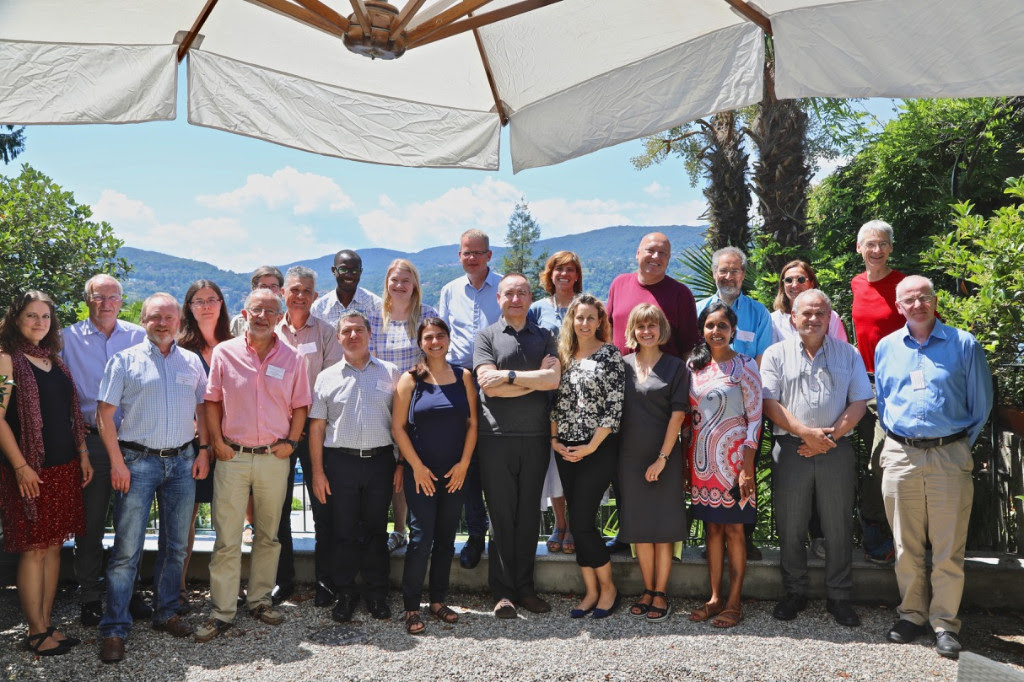
05/10/2018
GRIB participates in the think tank meeting co-organized by the Center for Animal Alternatives to Testing-Europe and the project EU-ToxRisk.
The meeting took place in Ranco, Italy from 16th to 18th of July 2018 and was focused on "Internationalisation of read across as validated non-animal method (NAM) for regulatory toxicology". More than 20 read-across international experts from regulatory agencies, industry, and academia met to discuss about the necessary steps which would be necessary to boost the standardization of the read-across method and to expand its use and acceptance among international regulatory organizations. Manuel Pastor, head of the PharmacoInformatics group of GRIB and leader of the workpackage applying read across methods within the EU-ToxRisk project, participated on this meeting.
The debate tackled several crucial aspects of the approach, e.g. the urgent need of harmonization of the method among the different national agencies, and the peculiarities of the method in the prospective of a standard validation. The discussion stressed out the necessity to build a major confidence in the method among the regulators, also by integration with other NAMs. The workshop will result in a meeting report which will also contain the final recommendations pointed out by the group and which is planned to be released in spring 2019.
The Center for Animal Alternatives to Testing-Europe (CAAT-Europe), housed at the University of Konstanz, coordinates transatlantic activities to promote the development of new and improved methods in toxicology, to be a partner in strategy development, to provide platforms for different stakeholders, to exchange ideas, and to support the 3R's principle of humane science in different ways. It is part of the Johns Hopkins University Bloomberg School of Public Health.
The project EU-ToxRisk: "an integrated european 'flagship' program driving mechanism-based toxicity testing and risk assessment for the 21st century" is a H2020 supported collaborative project for the period 2016-2021 in which academia joins forces with small and medium-sized enterprises (SMEs), large industry, contract research organisations (CROs) and regulatory bodies to achieve a paradigm shift in toxicology towards a more efficient and animal-free chemical safety assessment.



